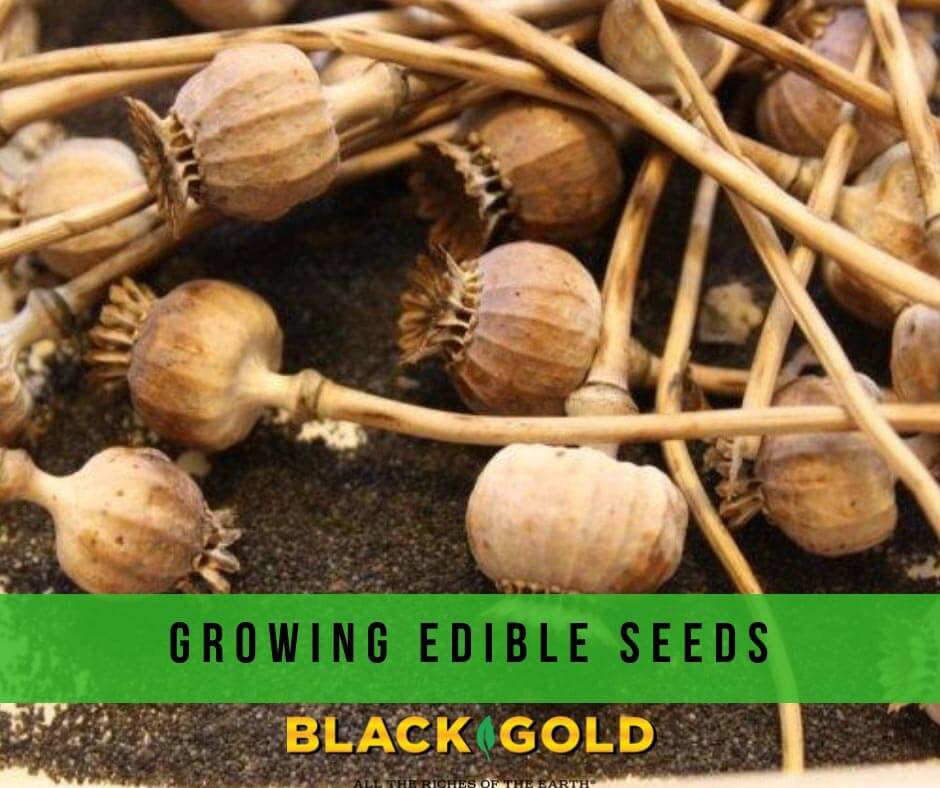Poppy seeds, dill seed, fennel seed, coriander, and caraway—it’s like having the makings of an everything bagel in the garden. All of these culinary seeds are costly to buy but easy as pie to grow and collect.
Seeds used for seasoning food are technically considered spices, and like most homegrown things, they taste stronger and better when harvested fresh from the garden. The most common, popular edible seed plants are planted in the spring and early summer and set seed by early to midsummer. And many, such as dill, fennel, and cilantro/coriander, are also favorite leafy herbs—making them doubly useful to grow.
Caraway, Fennel, Dill, and Coriander
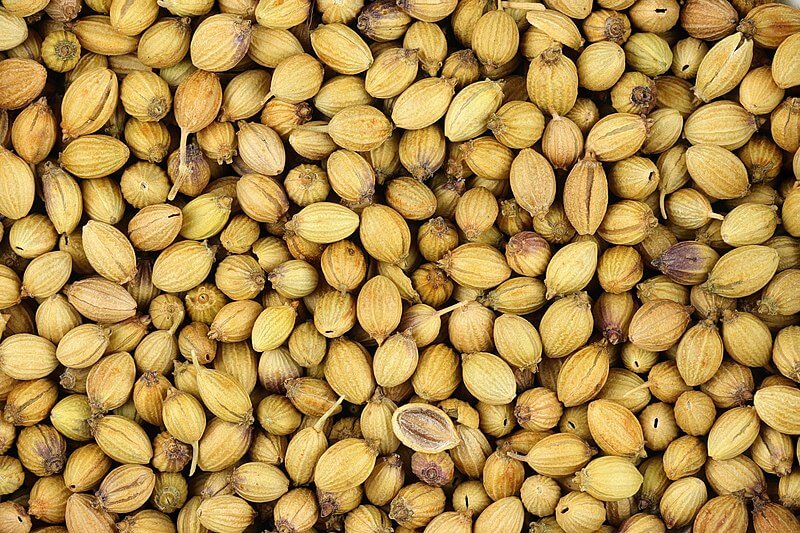
The flower heads of caraway, fennel, dill, and coriander all grow similarly with Queen-Anne’s-lace-like blooms and tend to start blooming by late spring or early summer. By early to midsummer the heads have developed seeds. These plants usually self-sow in summer, offering a second seed harvest by mid fall.
Once dry, seed heads can be harvested. Just be sure to begin cutting them before the heads completely shatter, and the seeds fall to the ground. I generally target mostly dried heads, then cut them above a secure bowl or bag for collection. Once the seeds are separated from the dried heads, I pick through my harvest to remove any unwanted stem or leaf bits.
Poppy Seeds
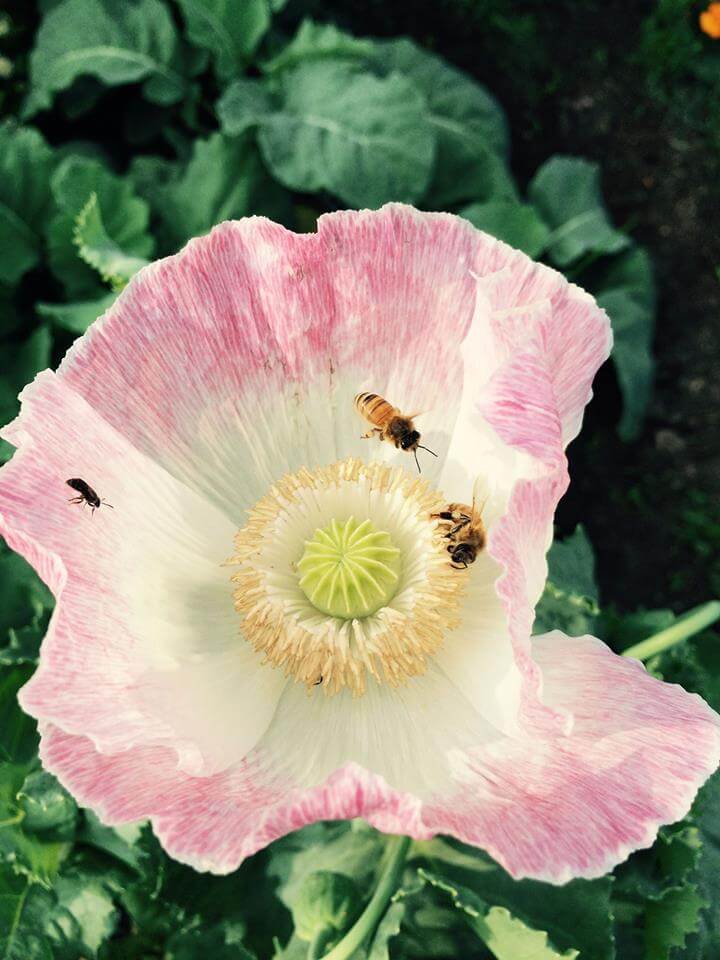
Breadseed poppy (Papaver somniferum) seeds are another matter. The spring flowers are beautiful and attractive to many pollinators. Once mature, they create upright, shaker-like seed heads filled with the familiar round, black seeds. Once the heads are brown and dry, they are fully ripe. At this stage they can be simply cut and shaken into a bowl or bag. It also pays to run them through a fine sieve before storing.
There are some legal constraints to be aware of before growing breadseed poppy. Though a common garden flower and edible seed plant, it is the same poppy from which opium is derived. The trade and consumption of Papaver somniferum seed within the United States is unregulated, and it is legal to grow for garden- and seed-production purposes, but it is illegal to manufacture opiates from the poppies. The Opium Poppy Control Act of 1942 made any Papaver somniferum cultivation illegal in the United States, but it was repealed in 1970. Still, unauthorized farming and processing of this plant is a felony crime, so be sure to grow your plants in small quantities and harvest them for seed alone!
Sesame Seeds
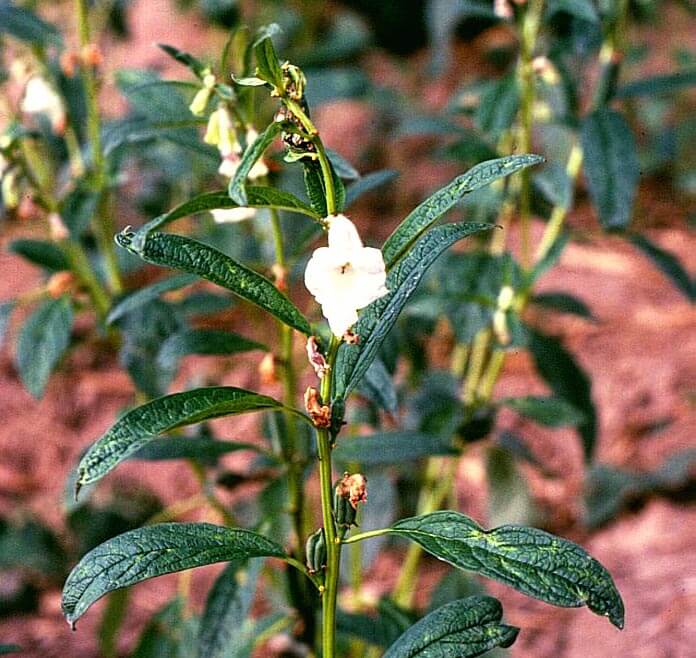
Sesame (Sesamum indicum) seeds are warm-season crops that thrive in summer sun and fertile to average garden soil. The upright plants are attractive and very easy to grow. Their bee-pollinated white or pink flowers are pretty and bloom all season, creating pods along the base of the stems, which are filled with sesame seeds. By fall, the plants begin to dry. Once they are fully dry, and the seed pods begin to open, cut the stems and shake the seeds out into a bag. Sesame seeds are best stored in a glass jar in the freezer to keep them fresh for baking.
Growing and Harvesting Edible Seeds
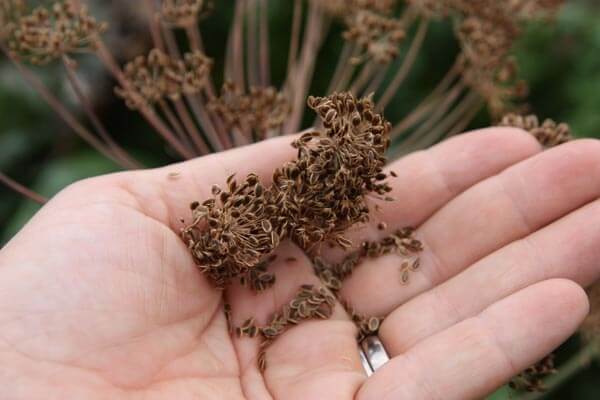
It should come as no surprise that these seedy plants can be weedy plants. Grow them once, and you will never have to plant them again, so long as they are planted in rich garden soil fortified with quality compost, such as Black Gold Garden Compost Blend. It just takes a few escapee seeds for new plants to germinate the following season. Just weed out what you don’t want, keep what you do want, and 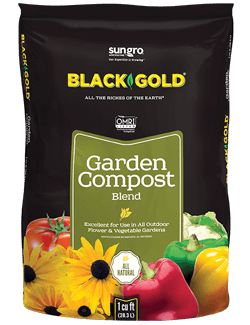 collect a new seeds each year for cooking.
collect a new seeds each year for cooking.
Once you have collected your seeds, store them in a cool, dry place where they will remain useful and tasty for a long time. For storage, keep them in lidded glass containers kept in a cool, dry place. They generally maintain their flavor and freshness for 6 months to a year. These seeds make great gifts, and can be used to top breads or flavor meats. You can even mix poppy, fennel, and sesame seed together with rock salt and home-dehydrated onion for a garden-grown everything bagel topper.


